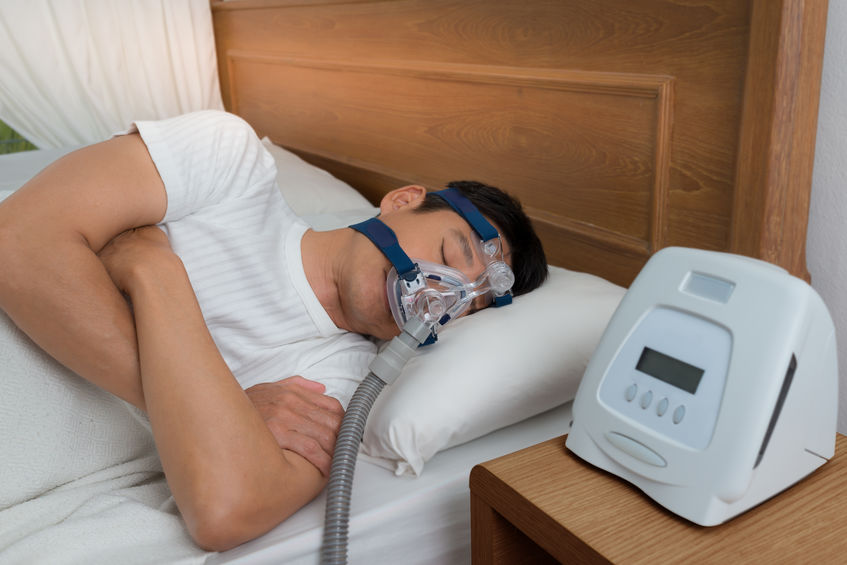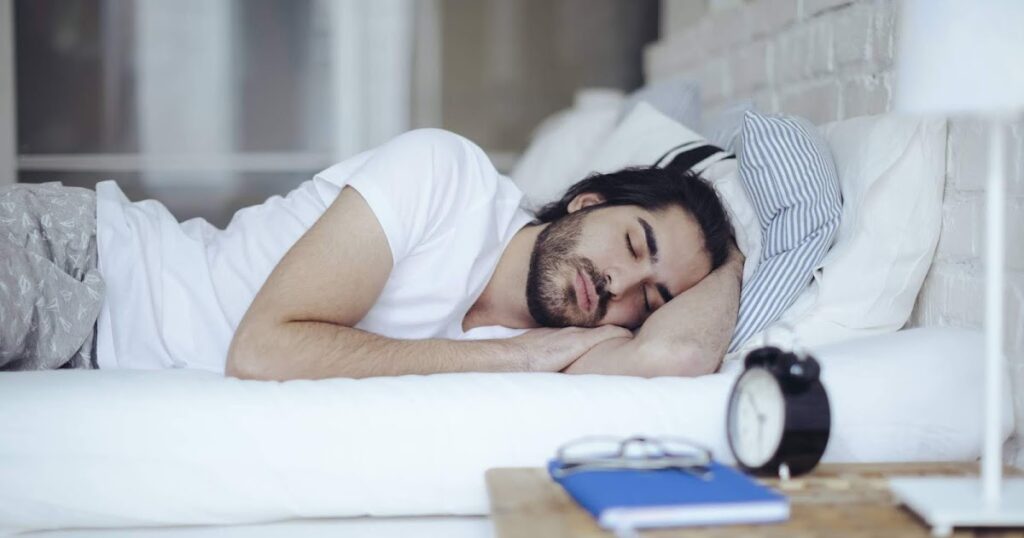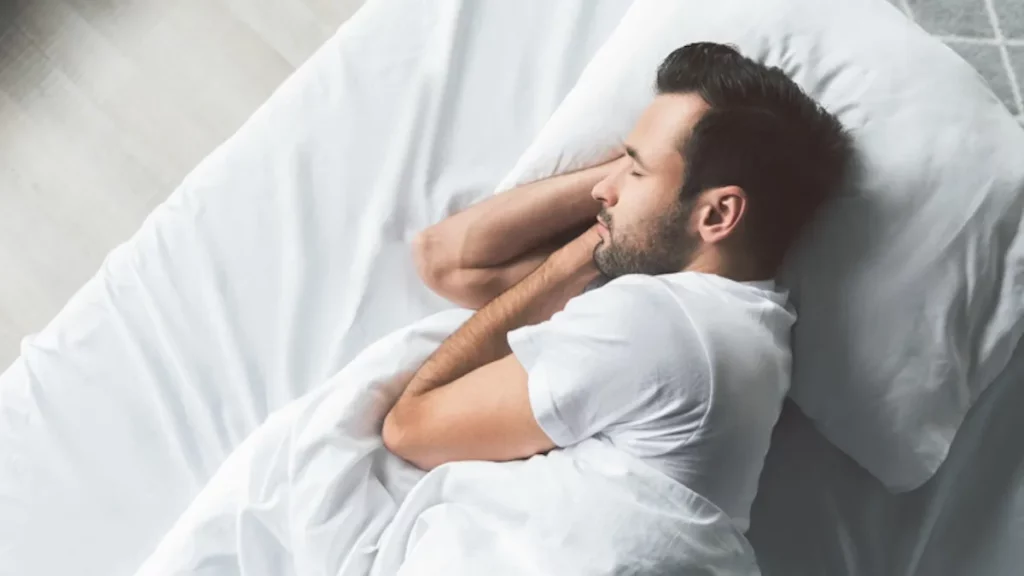What Is a Sleep Study and How Is It Conducted in Australia?
A sleep study, clinically known as polysomnography Australia, is a comprehensive overnight diagnostic test that monitors multiple physiological systems simultaneously to identify sleep disorders. This detailed examination serves as the gold standard for diagnosing conditions ranging from sleep apnea to narcolepsy, providing physicians with extensive data about what happens to your body during sleep.
The Clinical Environment
Clinic-based sleep study tests take place in specialized sleep laboratories within hospitals or dedicated sleep clinics across Australia. You’ll spend the night in a private, hotel-like room designed to be comfortable while housing sophisticated monitoring equipment. Trained sleep technicians remain on-site throughout the entire night, observing your sleep patterns in real-time and ensuring all sensors function correctly. These professionals can adjust equipment if needed and respond to any concerns that arise during the sleep study test.
What Gets Monitored During Polysomnography
The comprehensive sleep study tracks an extensive array of physiological parameters:
- Brain activity (EEG): Electrodes placed on your scalp measure electrical signals to determine sleep stages, including light sleep, deep sleep, and REM sleep
- Heart function (EKG/ECG): Chest sensors monitor heart rate and rhythm throughout the night
- Muscle activity (EMG): Electrodes on your chin and legs detect muscle movements and tension
- Eye movements (EOG): Sensors near your eyes track rapid eye movements associated with REM sleep
- Respiratory airflow: Devices monitor breathing through your nose and mouth
- Chest and abdominal movement: Belts around your torso measure breathing effort
- Blood oxygen levels (oximetry): A finger sensor tracks oxygen saturation
Many facilities also include video and audio recording to capture body position, snoring sounds, and unusual movements during sleep.
Beyond Sleep Apnea Diagnosis
While obstructive sleep apnea remains a common diagnosis, polysomnography can identify numerous other sleep disorders that home tests cannot detect. These include restless legs syndrome, periodic limb movement disorder, narcolepsy, REM sleep behavior disorder, insomnia patterns, and various parasomnias like sleepwalking or night terrors.
How Does a Home Sleep Test Differ from a Sleep Study?
A home sleep test Australia option provides a simplified diagnostic approach conducted in your own bedroom using portable sleep test devices. These tests focus primarily on obstructive sleep apnea detection by monitoring essential breathing and cardiovascular markers while you sleep in familiar surroundings. The equipment typically consists of a small recording device, nasal cannula or airflow sensor, chest belt, and finger probe that you apply yourself following provided instructions.
What Parameters Do Home Sleep Tests Monitor?
Home sleep tests track a limited but targeted set of measurements:
- Breathing rate and airflow patterns through nasal sensors
- Oxygen saturation levels via pulse oximetry
- Heart rate to detect cardiovascular responses to breathing events
- Body position and movement through accelerometers
This contrasts sharply with polysomnography’s comprehensive monitoring that includes brain waves, eye movements, muscle activity, and detailed sleep stage analysis. The reduced parameter set makes home testing suitable for straightforward cases but less capable of capturing the full picture of sleep architecture.
What Makes Home Sleep Tests Appealing?
The convenience factor drives much of the popularity of portable sleep test devices. You avoid overnight hospital stays, sleep in your own bed, and maintain your regular evening routine. The cost-effectiveness represents another significant advantage, with home tests generally priced lower than clinic-based studies while still qualifying for Medicare rebates when appropriately prescribed.
The testing process requires minimal disruption to daily life. You collect the device from a sleep clinic or receive it by mail, use it for one or two nights, then return it for analysis. This accessibility particularly benefits patients in regional areas who might otherwise face long travel distances to reach sleep laboratories.
Where Do Home Tests Fall Short?
The streamlined nature of home testing creates inherent limitations. These devices cannot diagnose conditions like narcolepsy, restless legs syndrome, periodic limb movement disorder, or parasomnias that require brain wave monitoring. They may also produce inconclusive results in patients with irregular sleep patterns or those who struggle to fall asleep during the test night.
Technical issues pose another challenge. Without trained technicians present to adjust sensors or troubleshoot equipment problems, data quality can suffer if devices shift during sleep or aren’t applied correctly. Studies show home sleep tests can struggle with accuracy under certain conditions.
Which Method Provides More Accurate Results for Diagnosing Sleep Disorders?
Polysomnography delivers superior diagnostic accuracy for complex sleep disorders due to its comprehensive physiological data collection. The extensive monitoring of brain waves, eye movements, muscle activity, and respiratory patterns provides a complete picture of sleep architecture and disturbances. This depth of information allows sleep physicians to identify subtle abnormalities that might indicate conditions like narcolepsy, periodic limb movement disorder, or parasomnia—conditions that home sleep tests cannot reliably detect.
Home sleep tests offer excellent accuracy specifically for obstructive sleep apnea in appropriately selected patients. Studies show that when used for individuals with moderate to severe OSA suspicion and no complicating medical conditions, home testing achieves comparable results to laboratory polysomnography for this particular disorder. The focused approach of monitoring respiratory parameters, oxygen levels, and heart rate captures the essential data needed to diagnose sleep-disordered breathing.
The scope of physiological data collection directly influences what each method can accurately diagnose:
- Polysomnography monitors 10+ parameters including EEG channels that track sleep stages, allowing detection of sleep fragmentation, abnormal sleep architecture, and disorders affecting sleep quality beyond breathing issues
- Home sleep tests track 3-5 parameters primarily related to breathing and oxygenation, making them highly effective for OSA but blind to neurological or movement-related sleep disorders
- Video and audio recording in laboratory studies captures behaviors like sleepwalking, sleep talking, or unusual movements that patients may not remember or report
Clinical indications determine which method provides appropriate accuracy for individual patients. Sleep physicians consider several factors when recommending testing approaches. Patients with suspected central sleep apnea, complex medical histories including heart failure or neuromuscular conditions, or symptoms suggesting non-respiratory sleep disorders require the comprehensive evaluation that only polysomnography provides. The additional data points become essential for accurate diagnosis when multiple conditions may be present simultaneously.
Conversely, patients presenting with classic OSA symptoms—loud snoring, witnessed breathing pauses, excessive daytime sleepiness—without significant comorbidities are ideal candidates for home testing. The focused diagnostic approach matches their clinical presentation, providing accurate results while offering convenience and reduced costs. The key lies in proper patient selection rather
Who Should Consider Getting a Sleep Study Done Instead of a Sleep Test?
Should everyone with suspected sleep apnea start with a home test? Not necessarily—patient selection for sleep studies depends heavily on individual circumstances and clinical complexity.
Clinic-based polysomnography becomes essential when patients present with complex medical histories or symptoms suggesting multiple sleep disorders. Those experiencing excessive daytime sleepiness alongside unusual nighttime behaviors, suspected narcolepsy, restless legs syndrome, or parasomnias require the comprehensive monitoring only a full sleep study provides. Patients with significant comorbidities—including neuromuscular diseases, severe cardiovascular conditions, chronic respiratory disorders like COPD, or obesity hypoventilation syndrome—benefit from in-clinic studies where trained technicians can monitor their safety throughout the night.
Who makes an ideal candidate for home testing? Patients suspected of having moderate to severe obstructive sleep apnea without complicating factors typically qualify. These individuals usually present with classic symptoms:
- Loud, persistent snoring
- Witnessed breathing pauses during sleep
- Morning headaches
- Daytime fatigue without other medical explanations
- No significant heart, lung, or neurological conditions
Children, patients with suspected central sleep apnea, and those whose initial home tests return inconclusive results should proceed to clinic-based studies. The suitability for home testing ultimately depends on your doctor’s assessment of your specific symptoms, medical history, and the comorbidities impact on testing choice—making professional consultation crucial before deciding which diagnostic pathway to pursue.

What Are the Preparation Steps Required for Both Sleep Studies and Sleep Tests?
Proper preparation for polysomnography and home sleep test guidelines Australia follow similar protocols to ensure accurate results. Both methods require patients to avoid alcohol and caffeine for at least 4-6 hours before bedtime, as these substances can significantly alter natural sleep patterns and breathing rhythms.
Essential preparation steps include:
- Remove nail polish and artificial nails – These interfere with pulse oximetry sensors that measure blood oxygen levels through fingertips
- Continue regular medications unless your doctor specifically advises otherwise, as sudden changes can affect sleep quality
- Avoid daytime napping on the day of your test to maintain your natural sleep drive
- Wash and dry hair thoroughly without applying styling products, oils, or conditioners that prevent electrode adhesion
For in-clinic sleep studies, patients should pack:
- Comfortable sleepwear (two-piece pajamas work best for sensor placement)
- Personal toiletries and medications
- Reading material or entertainment for pre-sleep relaxation
- Any items needed for your usual bedtime routine
Home sleep tests require patients to collect equipment from the clinic beforehand and follow specific instructions for sensor placement. Most providers offer detailed video tutorials or phone support to ensure correct setup. Maintaining your regular sleep schedule in familiar surroundings typically produces more representative data than attempting to sleep earlier or later than usual.
How Are Results Interpreted and What Follow-Up Care Is Available in Australia?
Who reviews your sleep test results?
An Australian sleep physician review is essential for interpreting data from both sleep studies and home tests. These specialists analyze recorded parameters alongside your medical history, symptoms, and physical examination findings to form an accurate diagnosis.
What diagnoses come from each test type?
Full polysomnography identifies conditions including obstructive sleep apnea, central sleep apnea, narcolepsy, restless legs syndrome, periodic limb movement disorder, REM behavior disorder, and insomnia. Home sleep tests primarily detect obstructive sleep apnea severity through apnea-hypopnea index (AHI) measurements and oxygen desaturation patterns.
What treatment options are available?
Treatment options for sleep disorders Australia include:
- Lifestyle modifications: Weight loss, alcohol reduction, sleep position training, smoking cessation
- CPAP therapy: Continuous positive airway pressure machines for moderate to severe sleep apnea
- Oral appliances: Custom-fitted mandibular advancement devices for mild to moderate cases
- Surgical interventions: Procedures addressing anatomical obstructions when conservative treatments fail
- Medication: Prescribed for specific conditions like narcolepsy or restless legs syndrome
Why are follow-up appointments necessary?
Follow-up consultations allow physicians to assess treatment effectiveness, adjust CPAP pressure settings, address equipment concerns, and monitor symptom improvement. Regular reviews ensure optimal management of your sleep disorder and prevent complications from untreated conditions. Read more about 7 Signs You Might Need a Home Sleep Test in Australia.
What Are the Medicare Rebates and Accessibility Factors for Sleep Studies and Tests in Australia?
Are Medicare rebates available for sleep testing in Australia?
Yes, Medicare provides rebates for both home-based and clinic-based sleep studies when ordered by general practitioners or specialists for patients at high risk of obstructive sleep apnea. The rebate applies to medically necessary testing, making diagnostic services more affordable for eligible patients.
Which testing option is more accessible for Australian patients?
Home sleep tests have gained significant popularity due to their convenience and lower out-of-pocket costs. Patients can complete testing in their own bedroom without overnight hospital stays, eliminating travel requirements and time away from work. Clinic-based polysomnography typically involves higher costs and longer waiting periods, though it remains essential for complex cases requiring comprehensive monitoring.
Several factors influence accessibility beyond Medicare rebates:
- Geographic location: Rural and regional patients often find home testing more practical than traveling to metropolitan sleep clinics
- Waiting times: Home tests generally have shorter waiting periods compared to hospital-based studies
- Personal circumstances: Shift workers, parents, or those with mobility issues may prefer home testing
- Clinical complexity: Patients with multiple suspected sleep disorders may need clinic-based studies despite convenience trade-offs
Patient preference plays a crucial role in determining the testing pathway. Some individuals feel more comfortable sleeping at home with familiar surroundings, while others appreciate the reassurance of trained technicians monitoring them throughout the night.

Conclusion
Choosing between sleep study and test Australia requires careful consideration of your individual symptoms, medical history, and suspected sleep disorder. While home sleep tests offer convenience and cost-effectiveness for straightforward obstructive sleep apnea cases, comprehensive polysomnography remains essential for complex presentations or when multiple sleep disorders are suspected.
Your GP or sleep specialist can assess your specific situation and recommend the most appropriate diagnostic pathway. Don’t delay seeking professional advice if you’re experiencing persistent sleep problems—accurate diagnosis is the first step toward better sleep quality and improved overall health. Both testing options are accessible through Medicare rebates when clinically indicated, making professional sleep assessment achievable for most Australians.

